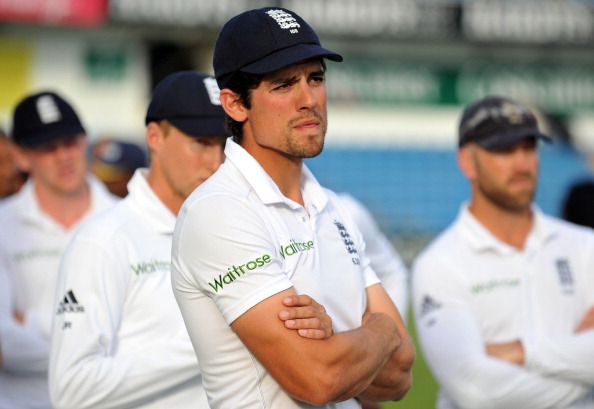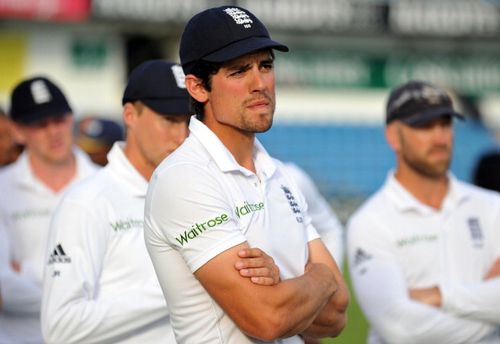
England v India: The keys to English batting

The England-India series has been touted to be the ‘Big Test’ for India. But it has remained largely untold, despite its glaring obviousness, that the Test series is just as pivotal for the hosts as much as they are for the guests, if not more.
Every cricket team – every sports team for that matter – hits bad patches. It’s a certain law of nature, a cycle that has often been repeated, taking teams to the very highs of glory before pitching them back harshly to the harder ground.
A couple of years ago, the English cricket team proved itself to be the best that there could be. They won convincingly against India as visitors before going on to successfully defend the Ashes at home, winning and retaining the title back-to-back after almost four decades.
But the festering problems were seemingly ignored by the English team management and by the players till it blew in their faces and left them totally wrecked with the hugest impact left on the batting order.
England’s tour of Australia in the latter part of 2013 exposed their batting vulnerabilities that still continue to dog them. The sudden breakdown of Jonathan Trott, midway in that series, followed by the upheaval surrounding Kevin Pietersen brought forth a cumulative catalytic reaction that hasn’t been able to be addressed by the English team till now.
Before the Indian tour to England, a SWOT (Strength, Weakness, Opportunities and Threat) breakdown of the English batting thus raises a lot of intriguing points, some of which are known and the rest obscure.
Strengths
On paper, ideally, the English batting side still has a lot to go on. The presence of Alastair Cook should do a lot of the English hopes considering that, when England last toured India, he was instrumental in setting up the visitors’ victory. Same goes for Ian Bell, Matt Prior and Joe Root, all of whom who have had experience of playing against India previously.
Weaknesses
Cook’s approach has been faulted, looked upon with immense doubts and with good reason. His passive and more cautionary way of dealing with proceedings are huge weaknesses that the Indian captain MS Dhoni won’t hesitate to pounce on. It also doesn’t help matters that Cook’s average in the recently concluded series against Sri Lanka was 19.5, with a highest score of 28 runs, a less-than mediocre number that didn’t do him any good, let alone the team.
Bell, the second-most senior member in the squad, only fared better with an average of 34.25, with a highest score of 64 runs that yet again failed to live up to expectations. Prior did well in the first Test but was unable to do much in the second, getting out without much ado when a senior’s hand was needed to stabilise the situation.
In contrast, the younger members of the squad like Sam Robson, Gary Ballance and Joe Root had better averages of 42.75, 52.25 and 64.75 runs, respectively. This puts the pressure on these youngsters – with merely a handful of Test match experience between them - forcing them to take the leading role, throwing askew the entire balance of the squad.
Another biggest problem that the English batting order is facing is that of the openers failing to tick. Against Sri Lanka, in all four innings, the English opening pair crumbled cheaply, and, with additional responsibility being felt by the relatively inexperienced middle-order, it allowed the opposition greater momentum as the innings progressed. The absence of Kevin Pietersen was also sorely felt; had he been a part of the English team, things wouldn’t have so worsened for them.
Opportunities
A slight tweak in the batting promoting Root up the order, to open the innings alongside Cook could yield them results. Ben Stokes’ inclusion should also give them added ammunition lower down the order, in case the top order yet again fails to do well. The fact that the likes of Sam Robson and Gary Ballance are doing well without any hint of nerves should also calm the English worries.
Threats
England can’t afford to look back at their last successful series against India. The dynamics of both teams have changed, theirs more so than India’s. Over-reliance on some batsmen rather than the entire batting unit could be a huge problem for England, and they have to strive back to get together as one unit instead of merely coming across as a hotchpotch of batting reputations.